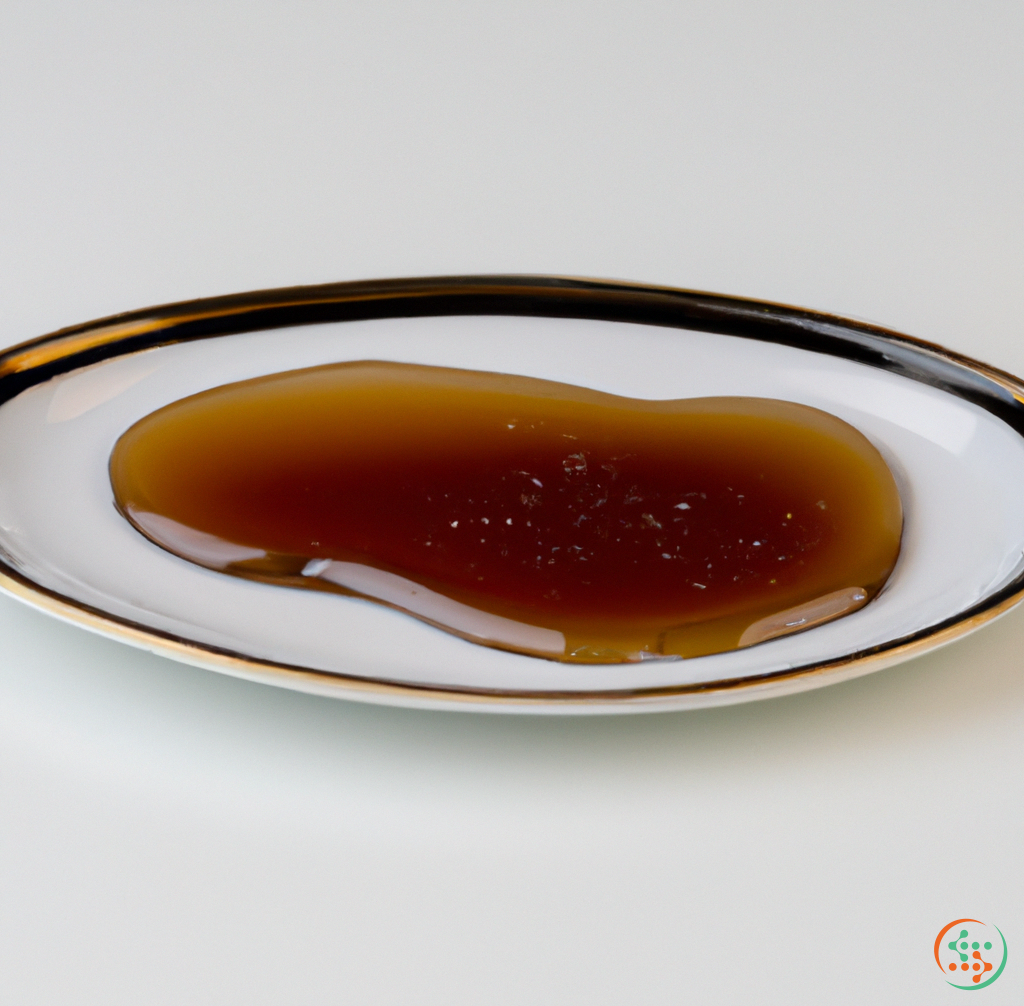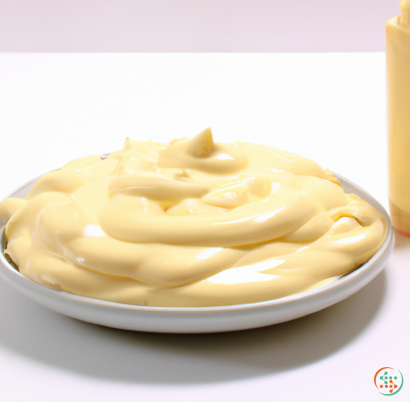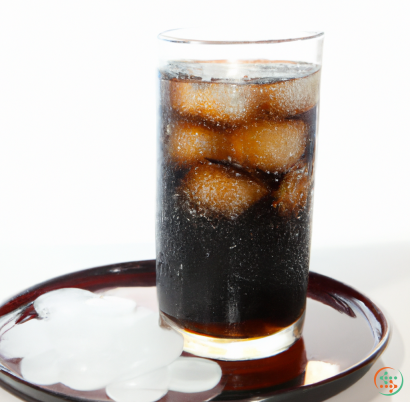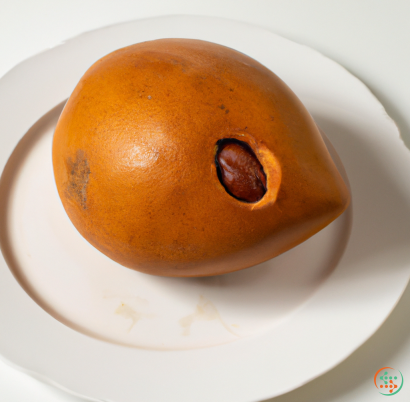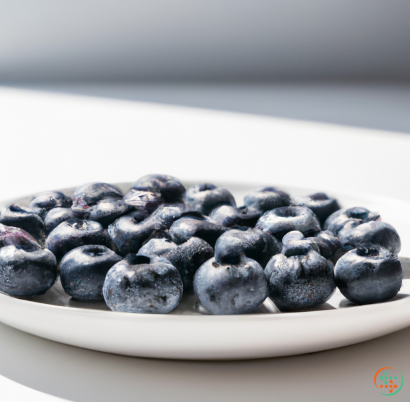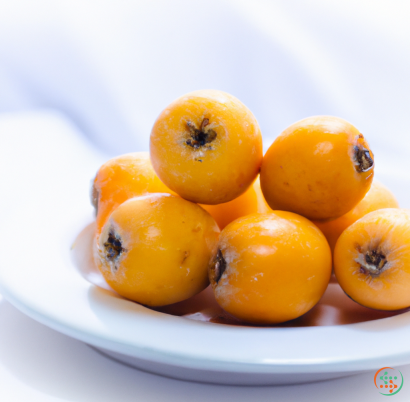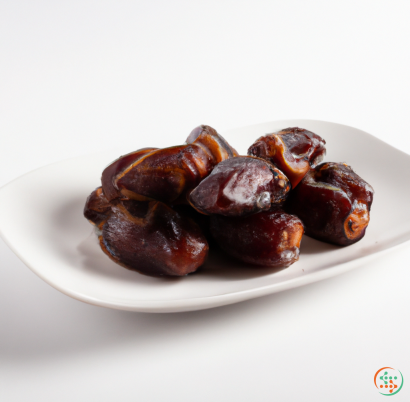Sugar Substitute (agave Syrup)
.
Why Should You Consider Using Agave Syrup as a Sugar Substitute?
Are you looking to cut down on your sugar intake but still don’t want to miss out on sweet treats? If so, then agave syrup may be just the right natural sweetener for you. This unique and versatile product can be used in place of sugar or other sweeteners in many recipes, offering a healthier and more natural way to enjoy sweets.
Agave syrup is derived from a succulent plant that is native to Mexico and the southwestern United States called agave (sometimes referred to as maguey). This sweet syrup has been produced from the sap of this plant for centuries by the indigenous peoples of South America to sweeten drinks and foods. The syrup is usually produced in a light amber to dark brown color, depending on its source, with a mild and sweet flavor similar to that of honey or maple syrup.
Like many other plant-based sweeteners, agave syrup is touted for being low on the Glycemic Index (GI) and therefore an attractive option for diabetics and those looking to cut back on their sugar intake. Agave syrup has a lower GI rating than other natural sweeteners such as raw honey and maple syrup and falls within a range of 15-27, depending on the brand. (For reference, table sugar is 66 on the GI.) Furthermore, agave syrup has a higher fructose content than table sugar (which is comprised of glucose and fructose), so it contains fewer calories per teaspoon when compared to granulated sugar.
In addition to its low-GI and reduced calorie count, agave syrup is also highly regarded for its versatility in the kitchen. Unlike many other natural sweeteners, agave syrup comes in a variety of forms and can be used in both cold and hot foods. For example, it can easily be used in cold drinks like smoothies and iced teas and also works great in baking recipes in place of sugar or honey. To use agave syrup for baking, simply replace the granulated sugar in the recipe with agave syrup in a 1:1 ratio, with the exception of reducing the liquid in the recipe by at least ¼ cup to ensure your baked goods don’t become too soggy.
An added benefit of using agave syrup for baking is its ability to keep baked goods moist for a much longer time. The high fructose content helps food to retain moisture, so baked goods made with agave syrup tend to last a lot longer than those made with traditional sweeteners. Agave syrup is also resistant to burning and caramelizing, so the flavor and texture of your final product is never compromised.
Now that you’re familiar with all of the benefits of cooking and baking with agave syrup, you may be wondering where to find it. You can purchase agave syrup in most health food stores, supermarkets, and online. Be sure to check the label on the bottle you’re purchasing, as some brands may contain additives like high fructose corn syrup or artificial sweeteners.
For those looking for a healthier and more natural option to sweeten their treats without the need for processed sugars, agave syrup is an excellent choice. Not only does it offer a low GI and reduced calorie count, but its versatility makes it incredibly easy to use in a number of both cold and hot recipes. Consider giving agave syrup a try and you may be surprised at just how delicious it is.
In the ever-evolving world of natural health, we have seen an increased demand for healthier alternatives to traditional sugar. One such alternative is agave syrup, or agave nectar, which is created from the agave plant, native to the arid parts of Mexico and the southwestern United States. In recent years, agave syrup has become increasingly popular in the health-conscious circles as a sugar substitute because it sweetens without the need to add calories or raise blood glucose levels.
Agave syrup is made from the sap of several species of the agave plant. From agriculture to nutrient-rich syrup, there is a lengthy process in creating agave syrup. This blog post will detail the step-by-step journey of agave syrup from the agave plant to a dinner plate.
When agave plants are harvested, the leaves are removed from the base of the plant with a sharp knife, giving access to the core of the plant. This core is composed of the fibrous material known as ‘pina’ - the Spanish word for ‘pineapple’ - which is the cleaned and cooked root of the agave plant. In order to create agave syrup, the starch in the pina needs to be broken down into simpler sugars. The agave pina is then milled, much like how wheat berries are milled to produce flour. This milling process separates the fibers from the juice, leaving a liquid-like substance which is then filtered and mixed with water.
The extracted juice is delivered to a fermentation facility where it undergoes a fermentation process in large tanks. The natural enzymes present in the juice, combined with heat and yeast, break the complex carbohydrates in the juice down into simpler sugars; such as glucose and fructose.
Once this fermentation process is completed, the semi-liquid mixture is moved to a vacuum evaporator, where it is heated under a low pressure to evaporate off the water. This process reveals the concentrated, sweet syrup – referred to as ‘agave nectar’. The nectar is then filtered to remove any impurities and to ensure a homogenous sweetness level throughout the bottle.
From a chemical standpoint, agave syrup is made up of around 90% fructose, which is the sweetest of all simple sugars. The other 10% of the syrup is composed of glucose, sucrose and various other naturally occurring and beneficial minerals like magnesium and potassium. In comparison to refined sugar, which is composed of 50% fructose and 50% glucose, agave syrup is naturally sweeter than sugar.
The completed product is typically packaged and sold under the name ‘agave syrup’ or ‘agave nectar’. It is a liquid sweetener, usually in deep amber/brownish color, with a viscosity that can range from watery and syrupy to thick and honey-like. Depending on the variety of agave used, the flavor of agave syrup can range from mild and sweet to caramel-like and nutty, making it very versatile in its uses.
Agave syrup is most commonly used as a sugar substitute in a variety of food and beverage recipes. Its low glycemic index makes it a convenient choice for those looking to avoid blood glucose spikes, while its slightly higher sweetness level compared to sugar means you usually use less agave than you would sugar when sweetening food or drinks. Agave syrup has been used as a topping for ice cream, a sweetener for drinks, added to baking recipes, and even used as a binder in vegetarian burgers.
As with any food or beverage product, be sure to check the label before purchasing agave syrup and make sure it is free from artificial ingredients, as many low-cost brands will use corn syrup or cane sugar as a cheap sweetener. Also, due to its high fructose content, be mindful when consuming agave syrup. While it is lower on the glycemic index scale than traditional sugar, long-term consumption of high fructose products can cause metabolic health issues and increase the risk of obesity and insulin resistance.
In conclusion, the process of making agave syrup is quite involved and complex, but the end result is a highly sweet and nutrient-rich sugar substitute that can be used in many different culinary applications. With its low glycemic index and unrefined sweetness, agave syrup provides a healthy alternative to sugar. However, it is important to remember that, although agave syrup is healthier than sugar, it should be consumed in moderation and its long-term effect on metabolic health should also be taken into consideration.
| Vitamin A | 0.008 mg | |
| Beta-Carotene | 0.094 mg | |
| Vitamin E | 0.98 mg | |
| Vitamin K | 0.0225 mg | |
| Vitamin C | 0.017 grams | |
| Vitamin B1 | 0.12 mg | |
| Vitamin B2 | 0.17 mg | |
| Vitamin B3 | 0.69 mg | |
| Vitamin B4 | 0.0133 grams | |
| Vitamin B6 | 0.23 mg | |
| Vitamin B9 | 0.03 mg |
| Calcium | 0.001 grams |
Daily Value 1.3 g
|
| Iron | 0.09 mg |
Daily Value 0.018 g
|
| Magnesium | 0.001 grams |
Daily Value 0.4 g
|
| Phosphorus | 0.001 grams |
Daily Value 1.25 g
|
| Potassium | 0.004 grams |
Daily Value 4.7 g
|
| Sodium | 0.004 grams |
Daily Value 2.3 g
|
| Zinc | 0.01 mg |
Daily Value 0.011 g
|
| Copper | 0.01 mg |
Daily Value 0.9 mg
|
| Manganese | 0.01 mg |
Daily Value 0.0023 g
|
| Selenium | 0.0017 mg |
Daily Value 0.055 mg
|
| Glucose | 12.43 grams |
|
| Fructose | 55.6 grams |
|
| Total Sugars | 68 grams |
per 100g
|
